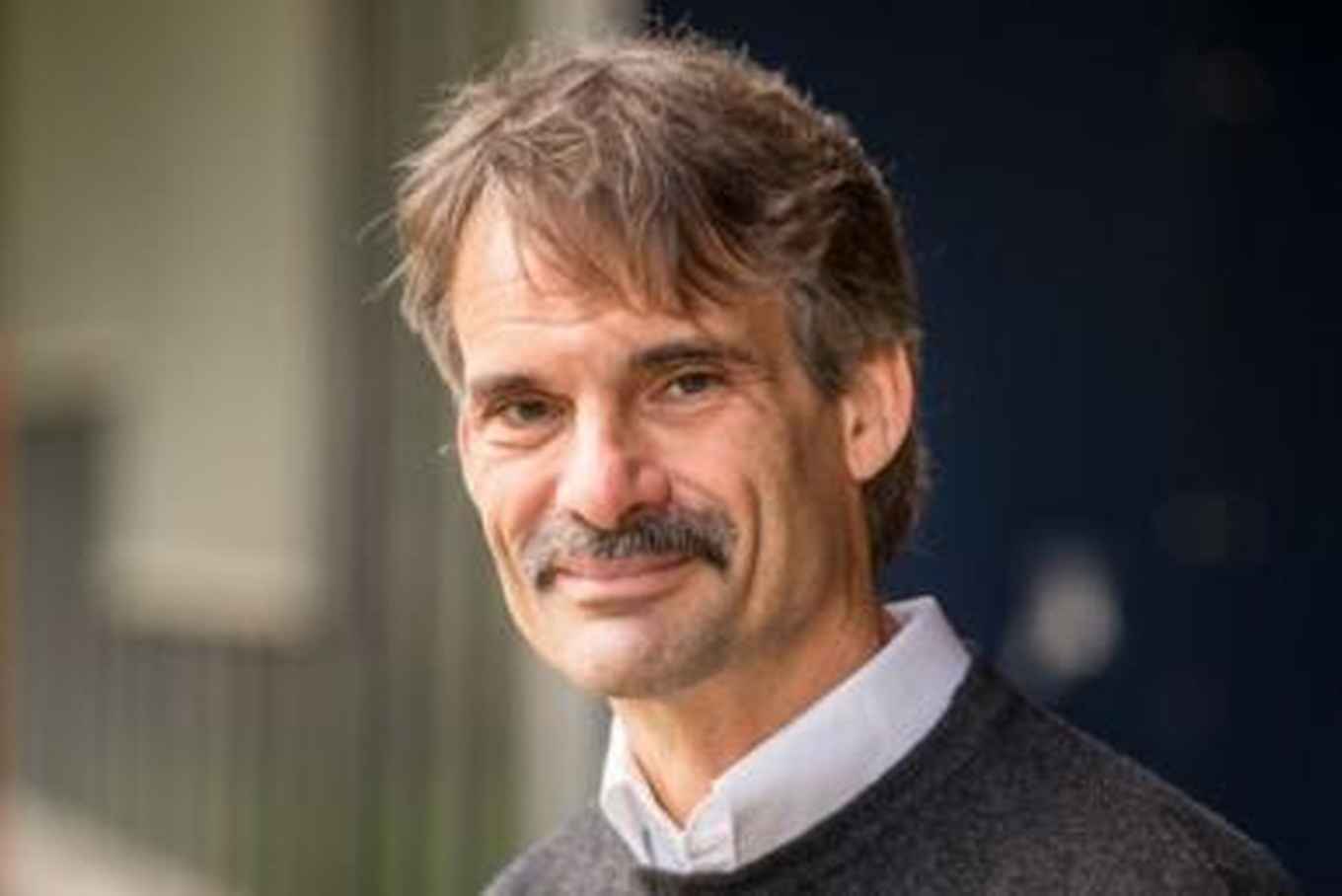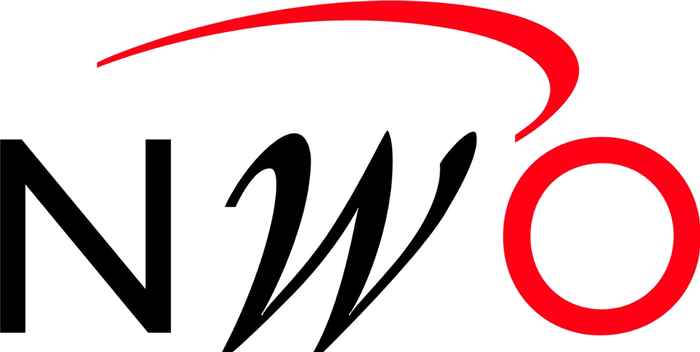NWO TOP-subsidie for Henk Stoof and colleagues
€ 780,000 for research into ultra-thin semiconductors
10 January 2017

The ultra-thin materials, also known as ‘two dimensional’ materials, have unique characteristics because they are only a few nanometres thick, and especially because they display a high degree of regularity at the nano scale across the two long dimensions. Across their length and width, the normal (homogenous) physical characteristics apply although the nano-geometry is also important. However, extra quantum effects occur in their thickness. This has important effects on the materials’ optical and electronic characteristics, offering the potential for interesting new applications in both areas.
Superconductors
Stoof explains: “Your computer creates heat when it is turned on. That heat is all a form of energy loss. In the field of electronics, we would eventually like to create materials that conduct electricity without losing energy.” None of the materials available to us at the moment are superconductors at room temperature. “The material we are working with is somewhat similar to graphene, but it is a semiconductor, and is therefore more useful for applications”, says Stoof. “Until now, superconductors only work when you cool the material to close to absolute zero. But it may be possible to tweak this material in such a way that you can make semiconductors that function at higher temperatures without a loss of energy.”
Optical characteristics
The optical characteristics of the material can also be adjusted. By focusing a laser on the two-dimensional material, we create a large number of excitons: pairs of positively and negatively charged particles. “The exciton can destroy itself by bringing the particles close to one another”, Vanmaekelbergh explains. “That leads to the emmision of a photon.” This means that the material has the capacity to emit light. The characteristics of that light, including its colour and intensity, can be adjusted by changing the temperature and density of the excitons in the material. This may eventually contribute to new LEDs or lasers. In addition, Stoof has theoretically proven that exotic electronic phases can occur at low temperatures and high densities of excitons.
Everything in-house
Henk Stoof has been working on the theoretical characteristics of these types of materials for some time, while their partner in Delft, Laurens Siebbeles, focuses on optical experiments. Stoof: “I had initially written a proposal with Laurens, but we missed someone who could actually make the materials.” To arrange for that, the two contacted Daniël Vanmaekelbergh. “Daniël is the world expert in making and adapting these materials. So now we have everything in-house.” Vanmaekelbergh is also pleased with the collaboration. “In this field, theory is far ahead of experiments”, he says, “because the materials are very difficult to produce. But the experiments are vital. At the nano scale, all kinds of extra disruptions occur. They are not necessarily serious, but they do occur, and they are difficult to predict theoretically.”
Any concrete applications are still a thing of the future. What then do the researchers hope to achieve? “We hope to find new interesting physics”, according to Vanmaekelbergh. “Our plans are actually more ambitious than the budget allows, but we aim to get as far as we can.”
© Utrecht University, news release.

About the NWO TOP Grants
TOP Grants offers outstanding research groups the possibility to strengthen or renew lines of research. They can pursue a new line of research or continue existing research in new partnerships.
The grant can be used to fund several scientific positions for many years, and to fund material research costs. This will enable the research group to realise several interrelated projects.